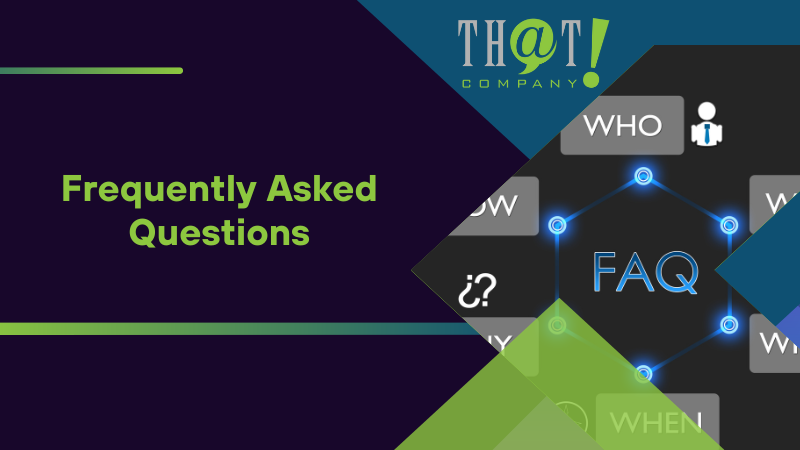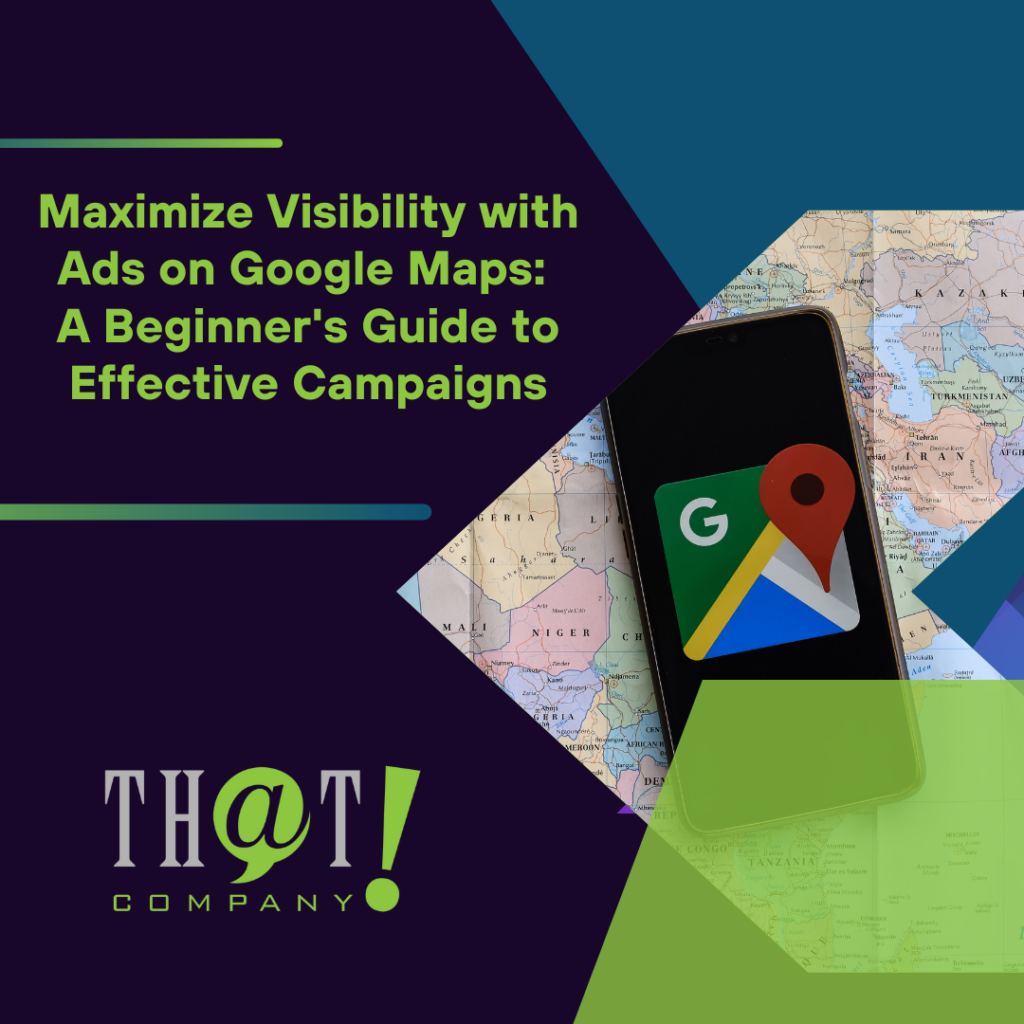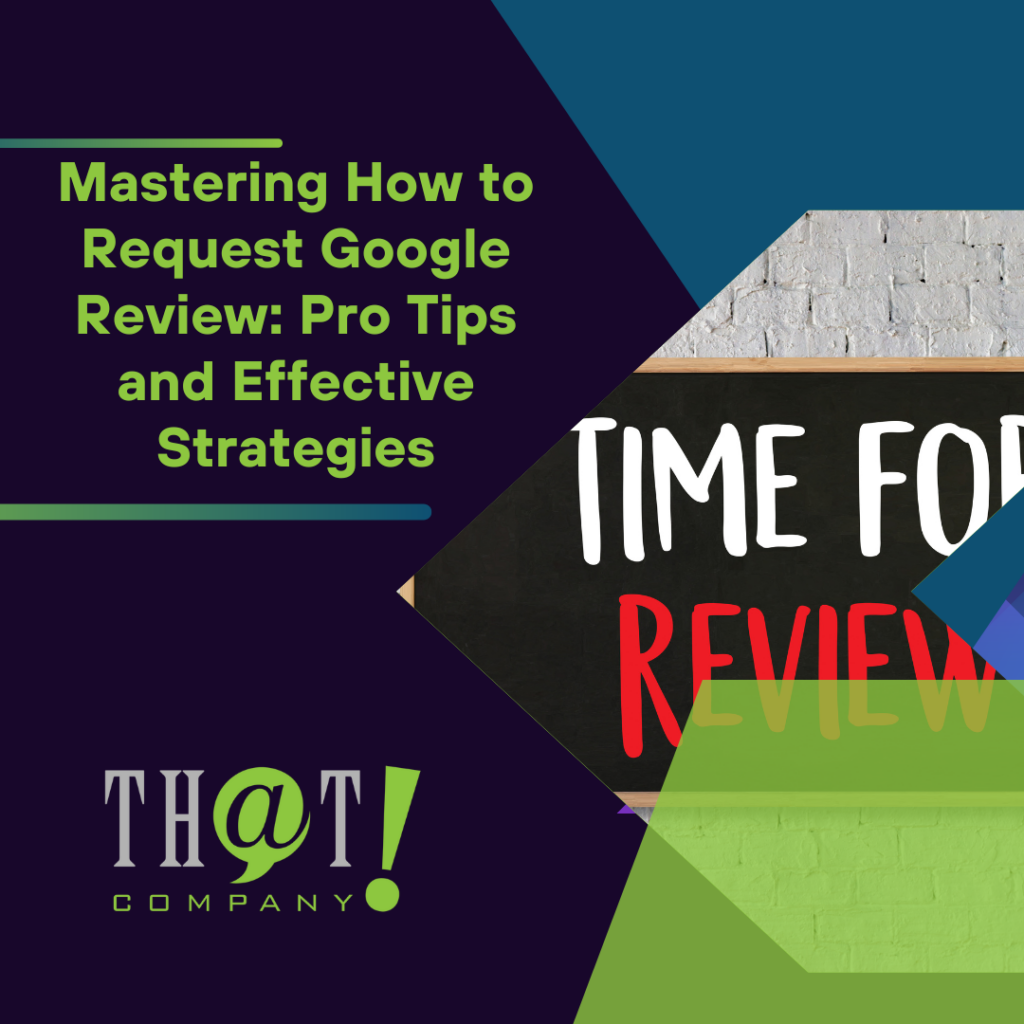
Website keyword optimization is key to boosting your search engine rankings and driving organic traffic. In this guide, we’ll walk you through the top five best practices, including how to conduct effective keyword research, strategically place keywords, and continuously monitor your SEO efforts. By the end, you’ll have actionable steps to optimize your website effectively.
Key Takeaways
- Keyword optimization is essential for aligning content with user intent, enhancing visibility, engagement, and conversion rates.
- Utilizing tools like Google Keyword Planner and analyzing competitor keywords are key practices for effective keyword research.
- Strategic keyword placement across critical areas such as titles, headers, and content improves SEO performance and increases site visibility.

Understanding Keyword Optimization
Keyword optimization involves both art and science. It focuses on integrating relevant keywords into your website content to enhance its visibility in search engine results. The primary goal is to align your content with your target audience’s search intentions, meeting their needs and answering their queries. When done correctly, keyword optimization enhances your site’s chances of appearing in search results for user queries, driving more organic traffic to your site.
Effective keyword optimization also boosts user engagement by presenting tailored content to potential visitors, making sure it resonates with them. This not only improves your search engine rankings but also increases the likelihood of conversions.
Ultimately, the goal is to achieve better search engine results, which leads to increased traffic and higher conversion rates.

Key Benefits of Using That! Company’s White Label SEO Services
Partnering with That! Company for white label SEO services can significantly enhance your SEO efforts. Leveraging their expertise, you can improve your service offerings, enhance client satisfaction, and achieve sustainable growth in the competitive digital marketing landscape. Their comprehensive approach to search engine optimization, which includes content creation, technical SEO, and on-page optimization, ensures that your website achieves lasting organic search results.
That! Company’s white label SEO solutions allow you to utilize targeted keywords and SEO tools to optimize your website effectively. This partnership allows you to expand your service offerings without developing in-house expertise, presenting a broader range of services to your clients under your own brand.
This holistic approach can lead to better visibility, higher rankings, and ultimately, more significant returns on your SEO efforts.

Conducting Effective Keyword Research
Effective keyword research is a critical step in any successful SEO strategy. It involves identifying the search terms your target audience uses, which helps tailor your content to attract the right visitors. The main purpose of keyword research is to find the right keywords that will drive traffic and improve your search engine rankings, ultimately enhancing website keyword optimization.
Understanding search intent ensures your content aligns with the goals behind users’ searches. Balancing search volume with competition and identifying the right keywords are essential for optimizing your content effectively.
Best practices for keyword research include using Google Keyword Planner, analyzing competitor keywords, and leveraging long-tail keywords.
Utilizing Google Keyword Planner
Google’s Keyword Planner is a powerful tool for keyword research. It helps you discover keywords based on specific search terms or websites, providing valuable insights into search volume and traffic estimates. Using Google’s keyword planner, you can generate a comprehensive keyword list targeting the right keywords for your SEO strategy.
When using Google Keyword Planner, check trend history and projections to understand how keywords perform over time. This helps ensure that your keyword choices remain relevant and effective.
Leveraging Google’s tools like Google Analytics and Google Ads can provide further insights to refine your keyword research and optimize your content for better search engine results.
Analyzing Competitor Keywords
Analyzing competitor keywords can reveal potential gaps in your SEO strategy to exploit for better rankings. Tools like Semrush’s Organic Research and Keyword Gap can help you discover new keywords that your competitors are ranking for but your website does not. This analysis allows you to identify opportunities to improve your keyword targeting and enhance your SEO efforts.
Assessing keyword difficulty and competition helps determine whether competing for a particular keyword is strategic based on its ranking difficulty. This focus on keywords offers the best opportunities for improving your search engine rankings and driving targeted traffic to your site.
Using Long-Tail Keywords
Long-tail keywords are specific keyword phrases that typically have lower search volumes but attract users who are closer to making a purchase. These keywords enhance your SEO efforts by targeting more precise and relevant searches. Unlike head terms, which are short and generic, long-tail keywords offer detailed context that aligns closely with user intent.
SERP analysis can reveal new keyword opportunities and help you adjust your content to improve rankings. Incorporating long-tail keywords into your content attracts more qualified traffic and improves your website’s overall performance in search engine results pages.

Strategizing Keyword Placement
Strategic keyword placement maximizes the impact of your keyword optimization efforts. Placing primary keywords in crucial areas like the title tag, meta description, headers, and the first paragraph can significantly improve SEO for that page. Keywords should also be included in subheadings, conclusions, and body paragraphs for better visibility.
Optimal keyword density ensures content quality while adhering to search engine guidelines. Avoid keyword stuffing and instead focus on conversational language to ensure good writing.
Best practices for keyword placement include title tags and meta descriptions, headers and subheaders, and content body and URLs, along with keyword ideas.
Title Tags and Meta Descriptions
Title tags and meta descriptions are vital for drawing clicks from search engine results pages and conveying the content of the page. Optimizing title tags plays a key role in website keyword optimization, helping search engines understand the page context and improving its visibility in search results. Including a primary keyword in the meta description can enhance the click-through rate from search engine results.
A compelling meta description around 105 characters can entice readers and improve click-through rates. Well-optimized title tags and meta descriptions can significantly boost your website’s visibility and engagement.
Headers and Subheaders
HTML headings help users and search engines understand and navigate the page. The H1 tag should contain the target keyword and be kept under 60 characters for better SEO. Consistency between the H1 and title tag reinforces the subject matter.
Subheadings (H2-H6) should be used to structure content and include relevant keywords for better SEO. This creates a skimmable hierarchy that makes it easier for readers to digest content while improving the page’s SEO performance.
Following a logical hierarchy and including secondary keywords enhances both readability and SEO.
Content Body and URLs
Incorporating relevant keywords into the content body aligns with search intent and improves search rankings. Analyzing top-ranking pages can help identify common subtopics and keywords they include in their content. Crafting user-friendly URLs that are descriptive, easy to understand, short, and include target keywords can enhance user understanding and improve SEO performance.
Effective keyword placement in the content body and URLs optimizes your web pages for better visibility and engagement without resorting to keyword stuffing.

On-Page SEO Techniques
On-page SEO techniques, or ‘page optimization,’ play a key role in white label ad agency services by helping search engines and users find and understand your content, improving visibility. Effective keyword placement within web content is crucial as it directly improves search engine rankings. Aligning keywords with user expectations enhances content relevance and increases the chances of ranking higher.
Incorporating related keywords and phrases without keyword stuffing can enrich content and enhance user experience. Enhancing technical SEO aspects, such as compressing images, minimizing HTTP requests, and implementing schema markup, is vital for maintaining high rankings.
Best practices include internal and external linking, image optimization, and mobile optimization.
Internal and External Linking
Linking to relevant sources and additional information, both internally and externally, boosts SEO and enhances user experience. Internal links help pass link equity, improve navigation, and enhance user engagement on your website. Descriptive links improve search engine optimization and add value to readers by providing clear context.
Creating content that is rich, authoritative, and unbiased attracts links from other websites, enhancing your SEO performance. Implementing best practices for internal and external linking improves your site’s relevance and ranking in search results.
Image Optimization
Using target keywords in file names enhances the SEO of your images. Alt text should describe the image content and its relation to the page, aiding search engines in understanding your visual media. Images help Google understand page content better and can rank in Google Image Search.
Avoid keyword stuffing in your image optimization to prevent penalization from search engines. Effective optimize images improves your website’s SEO performance and user experience.
Mobile Optimization
Ensuring your website is mobile-responsive is crucial for maintaining good SEO and meeting the expectations of mobile users. Designing your website to adapt seamlessly across devices significantly improves the user experience for mobile visitors.
Implementing best practices for mobile optimization ensures your website remains accessible and user-friendly, regardless of the device used to access it.

Monitoring and Adjusting Your SEO Strategy
Monitoring and adjusting your SEO strategy ensures sustained success. Regular keyword performance analysis allows real-time adjustments, improving website visibility. Different tools for tracking keyword performance provide insights into traffic changes and help refine your SEO strategies.
Continuously monitoring keyword performance ensures your SEO strategies remain effective and responsive to changing trends. Best practices include using Google Search Console, analyzing search engine results pages (SERPs), and adapting to algorithm updates.
Using Google Search Console
Google Search Console can track the exact keywords your site ranks for and the associated traffic per page. Connecting your site to Google Search Console provides valuable data from the moment of activation, rather than retroactively.
Google Search Console helps monitor keyword performance and make necessary adjustments to improve your SEO strategy and website visibility.
Analyzing Search Engine Results Pages (SERPs)
Analyzing search engine results pages (SERPs) is crucial for understanding how your content performs in search results. Featured snippets, video snippets, and other content types dominate SERPs and can influence user clicks. Tools like Ahrefs can help optimize for featured snippets from a list of keywords.
Analyzing SERPs helps adapt your content effectively to improve rankings and visibility in search results.
Adapting to Algorithm Updates
Staying informed about algorithm updates allows for proactive adjustments that can protect or improve your search engine rankings. Regularly reviewing and adapting your SEO strategies in response to algorithm changes is crucial for maintaining or enhancing rankings.
Staying updated with algorithm changes ensures your SEO efforts remain effective and aligned with the latest search engine guidelines.

Summary
In summary, white labeling and keyword optimization are vital aspects of any successful SEO strategy. By understanding their importance, conducting effective keyword research, strategically placing keywords, and implementing on-page SEO techniques, you can significantly improve your website’s visibility and engagement.
Using tools like Google Keyword Planner and Google Search Console, analyzing competitor keywords and SERPs, and staying updated with algorithm changes are all essential for maintaining and enhancing your SEO efforts. By following these best practices, you can achieve sustained success and drive more targeted traffic to your website.

Frequently Asked Questions
What is keyword optimization, and why is it important?
Keyword optimization involves strategically incorporating relevant keywords into your website content to enhance its visibility in search engine results. This process is crucial as it aligns your content with the search intent of your target audience, leading to increased visibility, engagement, and conversions.
How can That! Company’s white label SEO services benefit my agency?
Utilizing That! Company’s white label SEO services can significantly enhance your agency’s offerings by providing expert support, increasing client satisfaction, and facilitating sustainable growth without the need to build your own in-house SEO team.
What tools can I use for effective keyword research?
For effective keyword research, consider using tools such as Google Keyword Planner, Semrush’s Organic Research, and Keyword Gap. These tools provide valuable insights into relevant keywords, competitor analysis, and performance tracking.
Why are long-tail keywords important in SEO?
Long-tail keywords are vital for website keyword optimization as they target specific queries, enhancing relevance and attracting users who are further along in the purchasing process, leading to higher conversion rates. By focusing on these keywords, businesses can effectively meet the needs of their audience.
How often should I monitor and adjust my SEO strategy?
You should continuously monitor and adjust your SEO strategy to ensure ongoing effectiveness. Regularly analyzing keyword performance and staying informed about algorithm changes will help you maintain and improve your search engine rankings.























 Talk With Us
Talk With Us  Give Some Love
Give Some Love 


